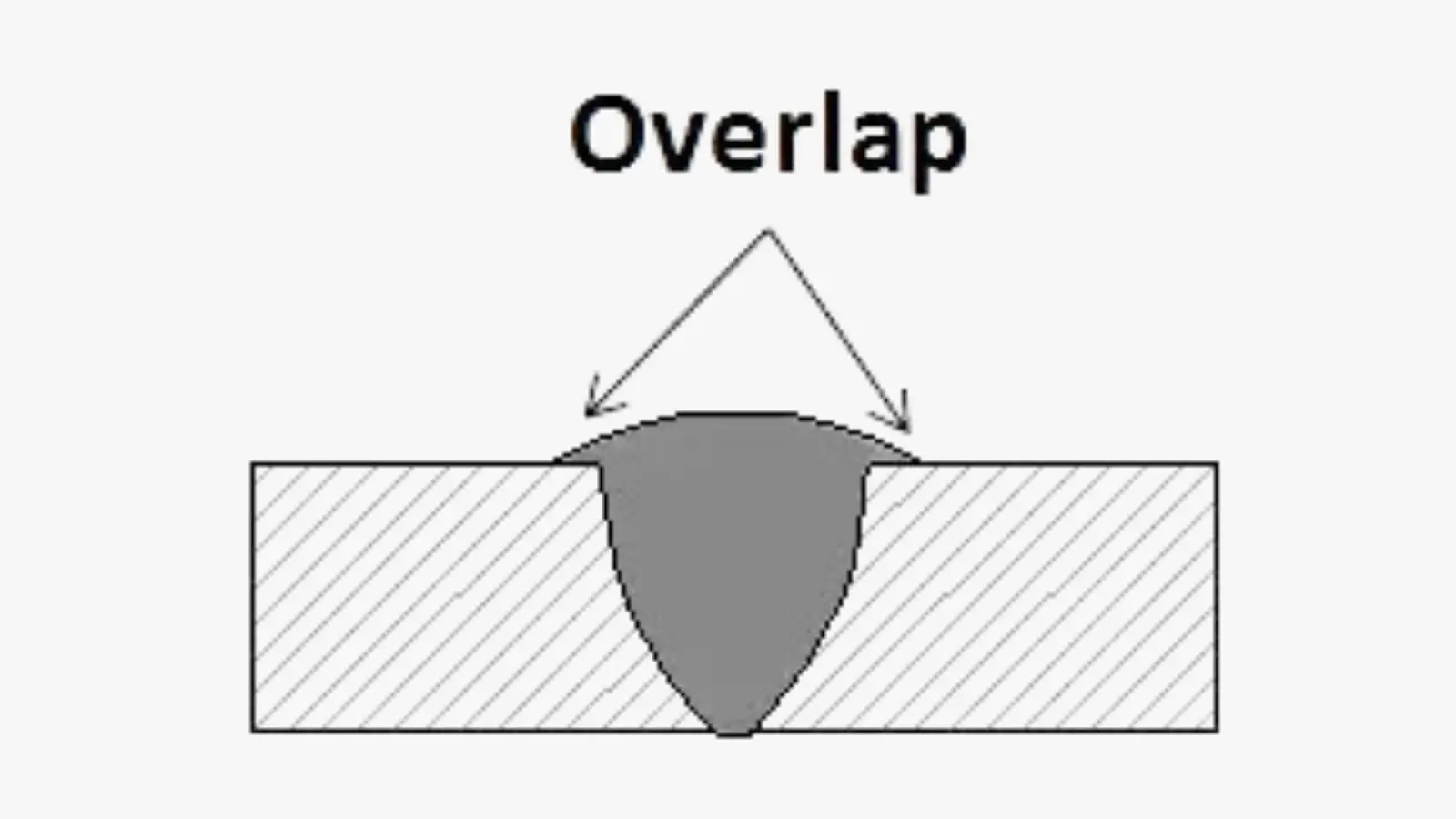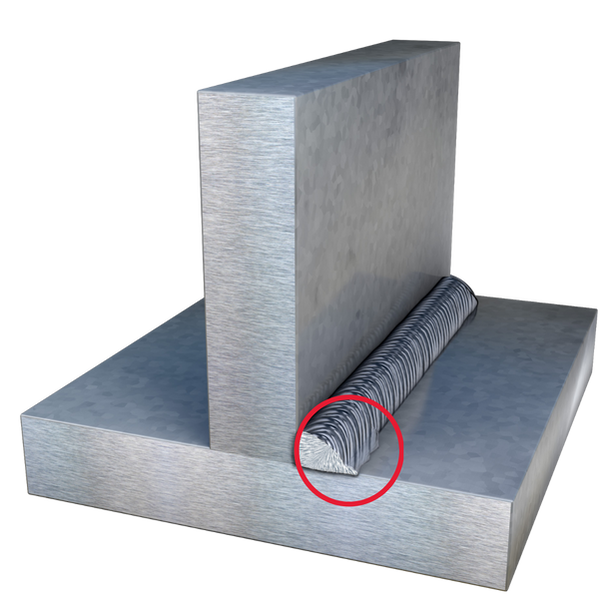Recognizing the Causes and Solutions for Undercut Welding in Metal Manufacture Procedures
In the realm of steel construction procedures, the incident of undercut welding postures a considerable challenge that demands a comprehensive understanding of its causes and practical services. The intricate interplay of various elements during welding operations can lead to this unwanted sensation, affecting the architectural honesty and total top quality of the welded joints - Preventing weld undercut. By exploring the source of undercut welding and checking out effective remedial measures, fabricators can boost the criterion of their handiwork and ensure the production of flawless metal components
Common Reasons of Undercut Welding
Frequently overlooked in steel fabrication, undercut welding occurs because of different elements that demand thorough interest and know-how to be effectively minimized. One typical root cause of undercut welding is excessive heat input. When the warm input is too expensive, it can cause the melting and subsequent erosion of the base product along the sides of the weld joint, developing a groove or undercut. In addition, improper welding methods, such as making use of the wrong welding angle or travel speed, can also add to damage formation. Poor securing gas protection is an additional essential factor that can lead to damaging. Inadequate gas protection stops working to secure the weld swimming pool effectively, resulting in oxidation and undercut problems. The selection of welding specifications, such as voltage, present, and wire feed speed, plays a substantial function in the event of undercut welding. Understanding these typical causes is critical for executing preventive actions and guaranteeing high-grade welds in metal fabrication processes.
Impact of Incorrect Welding Parameters
Incorrect welding parameters can significantly endanger the stability and top quality of welded joints in steel manufacture procedures. The influence of incorrect welding parameters manifests in numerous methods, leading to structural weaknesses and flaws in the welded parts. Thorough focus to welding specifications is vital to make sure the production of premium welds with the wanted mechanical residential properties and structural honesty.
Effect of Improper Torch Angle
Incorrect lantern angle in welding procedures can substantially impact the quality and stability of the final weld joints in metal manufacture procedures. Undercutting is a common welding flaw where a groove forms along the weld toe, weakening the joint and endangering its structural honesty.
A lantern angle that is too high can lead to inadequate penetration, incomplete blend, and boosted spatter. On the various other hand, a torch angle that is too superficial can lead to excessive infiltration, burn-through, and distortion of the base product. Preventing weld undercut. Appropriate torch angle is essential for making certain regular weld high quality, strength, and look
To avoid undercutting and various other flaws caused by inappropriate lantern angles, welders should be see this here educated to preserve the correct lantern angle throughout the welding process. Normal tracking and adjustment of lantern angles during welding can aid accomplish sound welds with very little defects.
Duty of Inadequate Welding Methods

Another aspect of inadequate welding strategies is inappropriate weld prep work. Poor cleansing of the base steels, inaccurate joint style, or inadequate edge preparation can all contribute to damage welding. Poor securing gas insurance coverage or utilizing the wrong kind of gas can result in insufficient blend and the formation of undercut problems.
To address the duty of insufficient welding methods in metal manufacture processes, it is important to offer extensive training for welders. Proper education and learning on welding specifications, joint preparation, and shielding gas option can assist prevent undercut welding and make certain high-grade welds in steel fabrication jobs.
Effective Solutions for Undercut Welding
Resolving undercut welding in metal fabrication needs executing reliable services to boost weld high quality and structural integrity. One of the primary solutions to combat undercut is to adjust welding parameters such as voltage, existing, and travel rate to guarantee correct warmth input and blend. By fine-tuning these settings, welders can protect against excessive melting of the base steel and filler product, decreasing the possibility of undercut formation.
In addition, proper joint prep work is important in preventing undercut. Making sure tidy base metal surfaces without contaminants and utilizing the appropriate bevel angle can assist advertise far better weld penetration and decrease the threat of undercut - Preventing weld undercut. Employing suitable welding methods, such as weaving or oscillating the lantern, can likewise aid in distributing warm uniformly and loading the weld joint appropriately, decreasing the opportunity of undercut issues
In addition, picking the correct welding consumables, including electrodes and filler metals, is necessary in mitigating undercut. Using materials with suitable chemical structures and mechanical residential or commercial properties can add to accomplishing audio welds with marginal undercut. Normal examination and go now quality assurance measures should also be executed to discover and attend to undercut problems quickly, ensuring the overall integrity of fabricated steel parts.

Verdict
Finally, recognizing the reasons and options for undercut welding in metal fabrication processes is crucial for attaining high-quality welds. By resolving usual causes such as incorrect welding parameters, inappropriate lantern angle, and insufficient welding techniques, welders can prevent damaging and make sure strong, durable welds. It is necessary to pay focus to these aspects and execute effective options to enhance the overall welding procedure and end product high quality.
